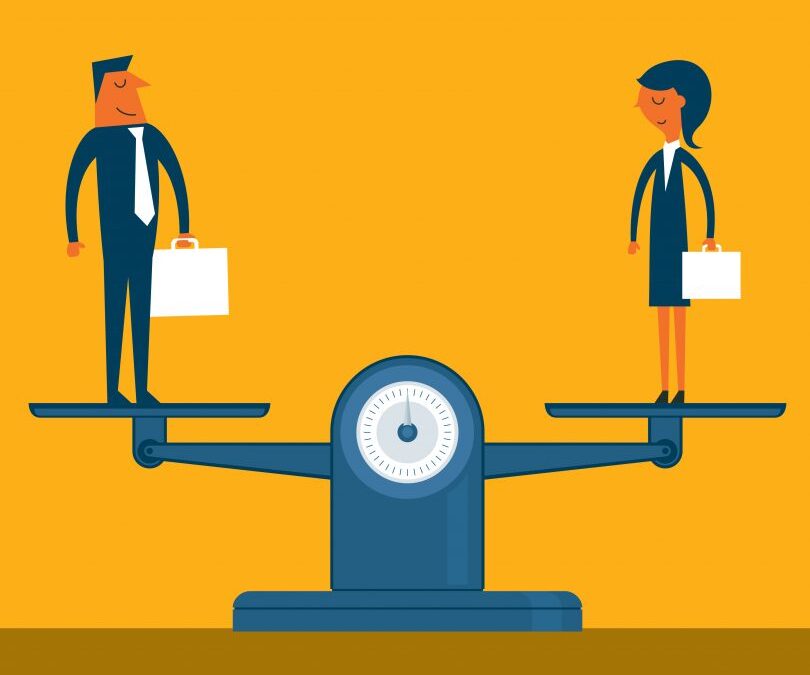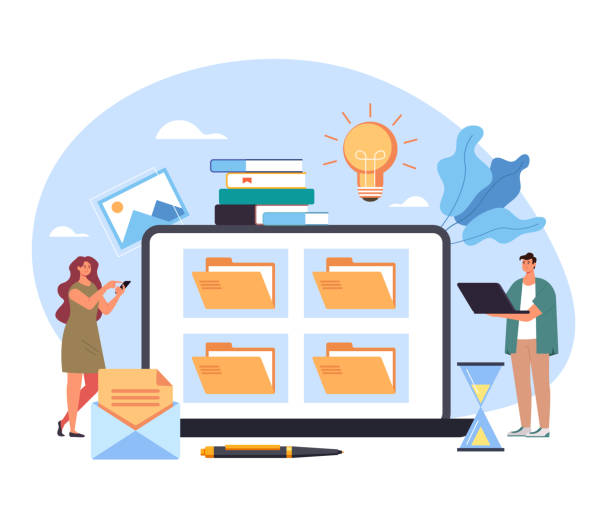
The Importance of Gender Diversity in the World of Work
We write this post assuming that we have come past the phase where we even refuse to acknowledge that gender inequality at the workplace is a very real problem, which requires an immediate solution. Unfair recruitment, unequal pay, the phenomenon of glass ceiling [The Federal Glass Ceiling Commission describes the term ‘glass ceiling’ as “the unseen, yet unbreakable barrier that keeps minorities and women from rising to the upper rungs of the corporate ladder, regardless of their qualifications or achievements.”], are all very pertinent issues which hinder gender diversity in the world of work.
Gender diversity at the workplace, is a crucial pre-requisite in the globalized world of work we all inhabit today. And here are only some of the reasons about why it is so important.
-
Increased organizational performance
Any organization’s performance is a reflection of the core values and principles of the organization. In other words, the performance of the team is directly related to the organization’s attitude and investments towards the team. One of the most important aspects which have a direct influence on organizational performance is equality and inclusivity. The employees, irrespective of their gender, need to feel like they are equals. It is only then that the motivation and interest to give back to the organization can be sustained within them.
-
Ability to retain a diverse customer base
In order to help your business grow, it is important for you to be able to attract and sustain a diverse customer base. It is difficult to be able to meet that requirement unless your employee base in itself reflects gender diversity. It is a fact that men and women perceive things differently, with relation to certain key issues. Diversity in thought at the end of the organization is directly related to how successfully the organization is able to retain a diverse customer / client base. A gender diverse work environment is by default a more engaging and supportive work environment.
-
Decrease in attrition rates
One of the most important causes leading to high attrition rates for any organization is inequality, or just the overall work environment which may not be very inclusive. Lack of equality or unfairness breeds dissatisfaction within the workplace, thus contributing to reasons for higher employee turnover or attrition rates. This not only reflects badly on the goodwill of the organization, but is also a rather expensive error to rectify. Workspaces which are more inclusive and fair tend to have lower attrition rates.
-
A better talent pool
A more inclusive and diverse work space by default guarantees a richer talent pool. By being gender biased as an organization, you automatically forego a huge chunk of talent. You never know what attributes, and skills you’re missing out on by eliminating or limiting female representation or engagement at various levels in your organization.
-
Reflection of the organizational culture and values
As we move towards a more globalized world of work, the values and the principles that organizations play by have started gaining more and more importance. It is exactly these values and principles that set an organization apart from others. It is the culture and the values harbored by an organization which lend to it, its reputation. One of the primary reflections of the same is the factor of gender diversity within an organization. The values of fairness, inclusivity and equality while being the most basic expectations, also paradoxically end up being very rare to find. And surely enough, any organization which boasts of these values, is one worth aspiring to be a part of!
It is an understated fact that we need more women at work, in the world of work. We at OBOlinx are an all women’s team, and have a ton of inspiring ‘women at work’ stories which we would love to share with you. But before that, we would love to bring your stories to the world. Tell us what has worked for you, and what hasn’t worked for you, as a woman at work. You never know who you might end up inspiring and providing hope to, out there!





